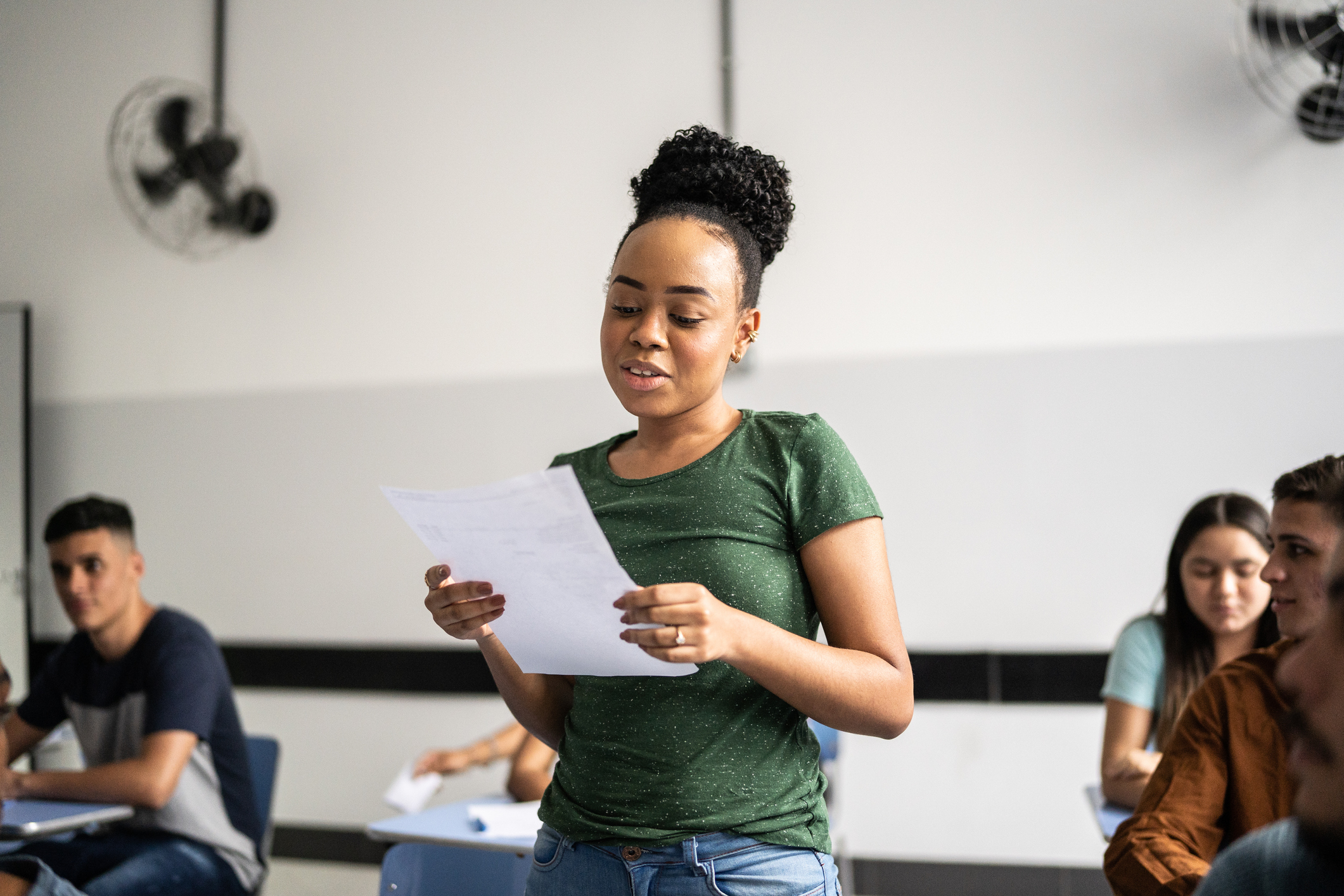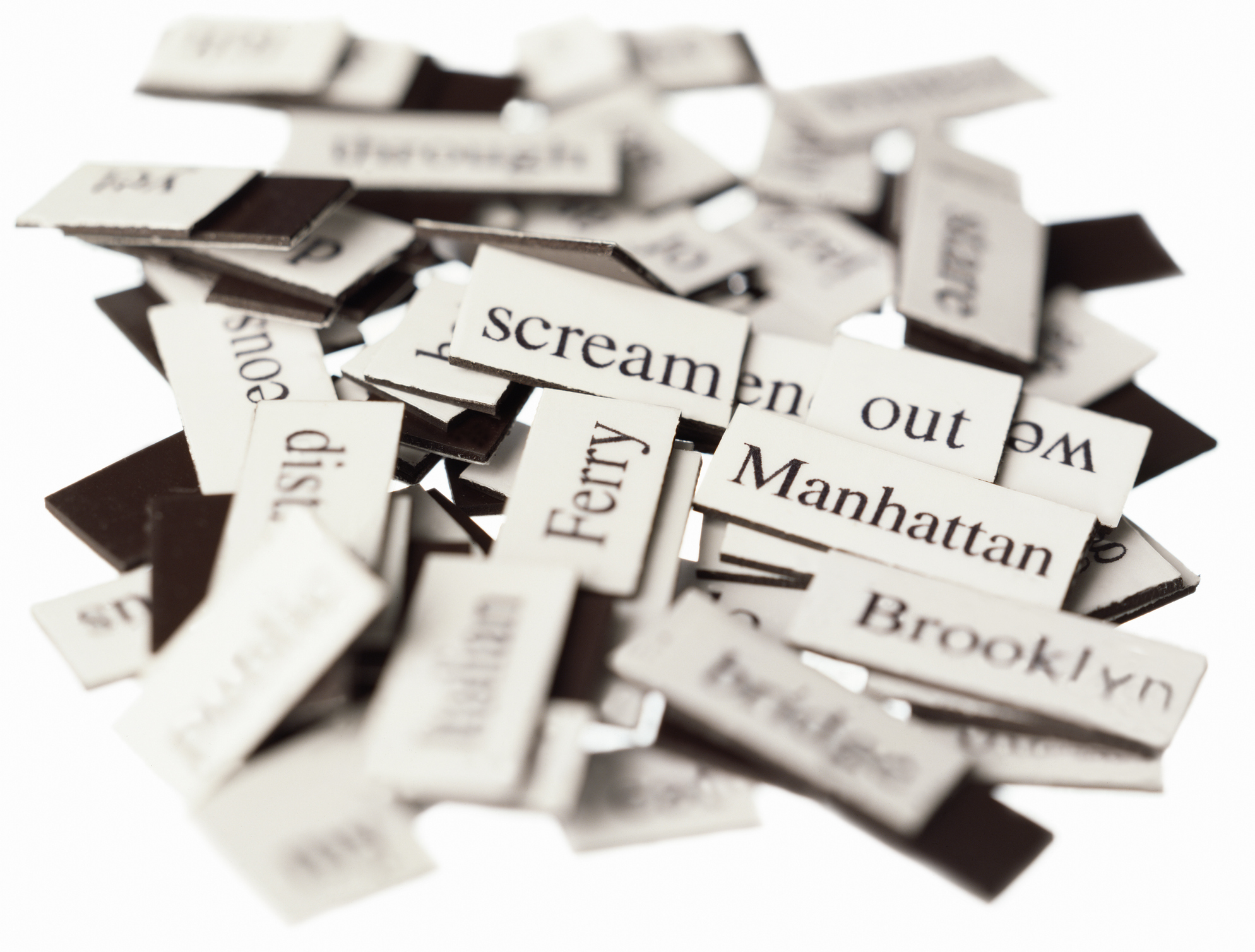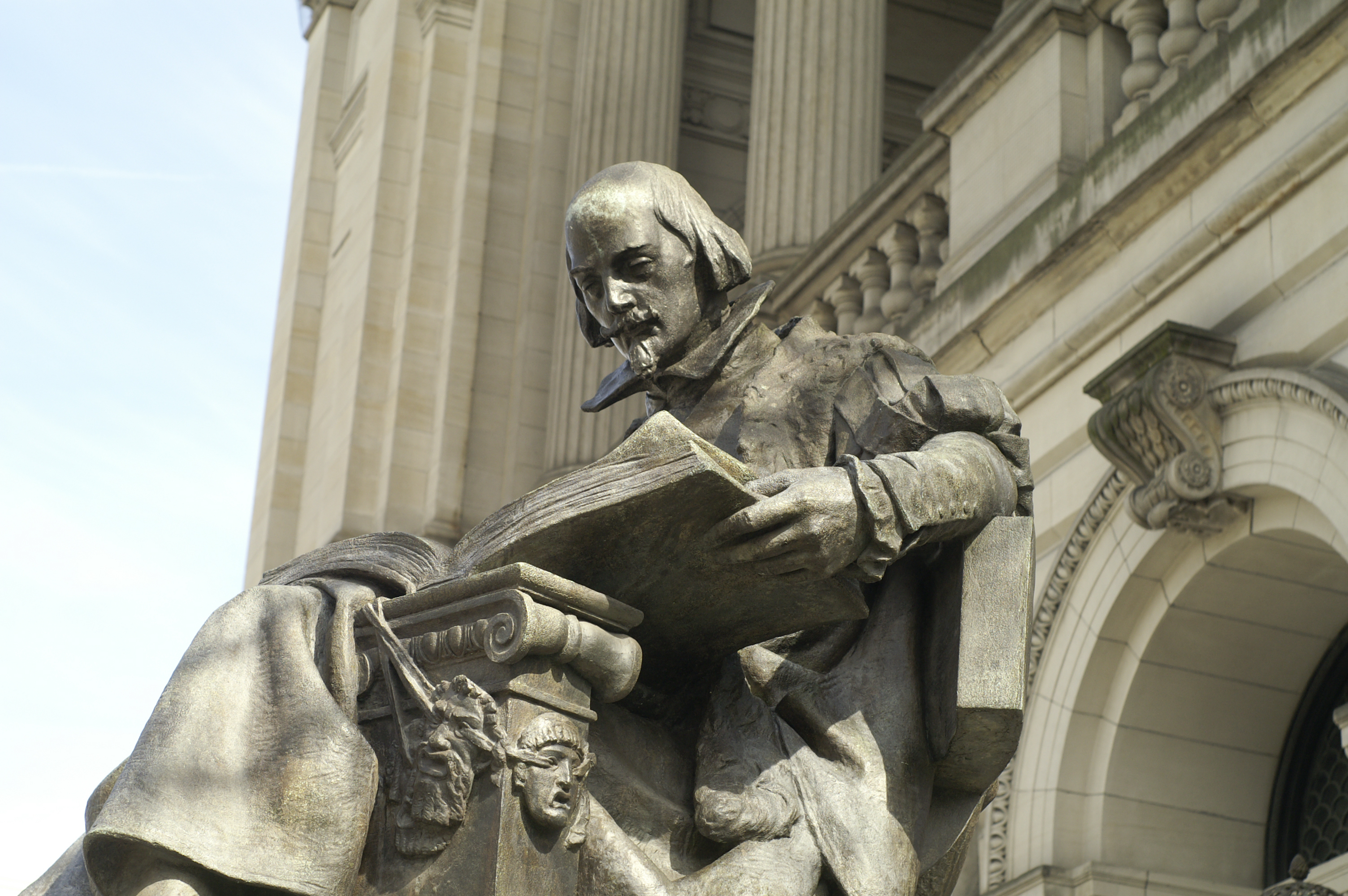Poems, poetry, poetic and poets – Project
The world has sadly lost two excellent poets in the last few weeks. Here, Gerhard Erasmus looks at how poetry can help with language expression, explores how to help students write poetry, and ends with a personal poem as a memory of one of the lost poets.
One of the key aspects of language learning that can often be absent from the classroom is the ability to experiment and play with the language. It is a key part of language acquisition that helps learners consider meaning and what their message is. The restraints other forms of writing place on students means their ability to express themselves is limited by syntactical and morphological control and knowledge. Poetry is a great way for students to express themselves without being confined by grammar and allows them to use the words they know creatively. It also offers many opportunities for them to find new words and use them to convey how they feel, rather than to complete an activity in a course book. This allows students to produce language that can be manipulated, as I discuss later in this blog, as well as focus on phonology through rhyming and, when appropriate, a focus on the number of syllables and how it impacts rhythm. And a final initial point, poetry should be viewed as something ongoing, which you can do over a few classes or all in one class. It is a project rather than a product and the process of writing poetry is what allows learners to explore.

Getting started with poetry
The first thing to consider is rhyme. Understand that while this seems quite simple, it is perhaps a little more difficult for students and proper support around this is quite important. I recently did poems about children’s rights and after a discussion on the war in Gaza, poems for children trapped in the conflict. In order to get rhyming words, we looked first at colours, red, white, black, and green. Students then brainstormed rhyming words which we put on mini whiteboards across the room for them to access later. These included words like:
Red – bed, head, fed, and even instead, which I was quite surprised about as this was quite a low-level young learner class.
For somewhat higher-level learners, we looked at statements about children’s rights, such as ‘Every child has the right to health care,’ and we then used the last word of each sentence to brainstorm rhyming words.
Once they have words they can easily refer to, we then move onto actual sentences.
The grammar and the sentences
You can now point out to students that there are different rhyming patterns in poems, and that they can have 3, 4, 5, 6 or however many lines you want them to have. This frees them up a little in knowing they don’t have to get absolutely everything to rhyme.
The students are very likely to still rely on the grammatical control they have. But this also provides an opportunity to highlight different patterns to them. One student, who absolutely loves strawberries, wrote this:
My mom is my favourite strawberry.
She wanted to then produce a rhyming word for strawberry, and all she could think of was very. She wrote, ‘Because I love her very much’ with the main point of the ending of her poem being how much she loved her mom. She could have manipulated the sentences above to generate rhyme (which I look at in a moment), but I thought it provided a good opportunity to show them how to play with language. After much elicitation form the classroom and guidance by me, we came up with this:
Love her? Yes! How much? Very!

The overall structure and message
A key point I try to drive home is that you want your last sentence of the poem or verse to carry the main message. This isn’t always true, but it does help with them structuring their ‘discourse’ in the poem, for lack of a better word.
So, if you are writing about planting trees and saving the planet, you can make either planting a tree your main message, or you can highlight that you should do it because you care about the people around you. This, when looking at the message produced these two different lines:
If you care about you and me,
Please will you plant a tree.
OR
Please plant a tree,
To show you care about you and me.
What is important to note here is that the sentence, ‘Please plant a tree’ can be on the page and the student can write something above or below the sentence. They don’t have to write everything in the order that it will be read. They get to play around with the message.
The lost poets
A final idea here is to also consider poems that don’t rhyme, just to set your learners free. Perhaps the easiest way to start that is with Acrostic poems where they can pick a word or phrase like HAPPY BIRTHDAY and use that to produce a poem. I have done that with numerous words, sometimes just to emphasize the spelling of a word like Wednesday. The possibilities for poetry writing are almost endless, especially if the focus is on expression and creativity. I have used the word LOVE as an example here:
Let’s help each other
Or find ways to show we care
Very kind people we can be
Everywhere
And a final word, let your students decorate their poems. Even with adult students, it adds something special and creative to the message. I generally assign this for homework. We’ve done the poem, now go put it on a piece of paper, or type it up, and then make it show your message.
Replying to poems and the lost poets
Benjamin Zephaniah was an inspiration to many, and I was actually first exposed to him through a video shared with me many years ago. I loved the vibe he created with his words and I am sure he will be remembered for many years to come.
Refaat Alareer died in very different circumstances and as I have read quite a bit of what he had written, was quite saddened by his passing, especially as he is the same age as my brother. His use of storytelling and the work he did to support young writers was very inspiring. I am going to end this blog post with my second attempt at poetry. My first attempt was called ‘When quitters win.’ [Insert hyperlink in underlined text: https://www.modernenglishteacher.com/when-quitters-win]
The point of this is that you can let your students read poetry, even if it is very basic, and then reply to a poem. This is a poem in reply, and in memory, to Refaat Alareer’s last poem.
A kite at night
As you predicted, the end has come,
But words cannot succumb to a bomb.
Your things I fear we cannot sell,
But your story is one we’ll continue to tell.
A kite we’ll make with a tail white,
And lights like stars visible day and night.
The wind will make music as it flies past the string.
We are not numbers is what it will sing.
We’ll teach others to make a thousand kites,
And thereby light a thousand nights.
And they’ll teach others and then some more,
So, the kites can fly beyond the Gaza shore.
Amplifying thousands of children voices,
Giving them hope, giving them choices.
So, let the kite at night a symbol be,
Of children’s voices, forever free.

Looking forward
I am not sure how much we value poets as part of society and the actual impact they have, but I think they have a massive impact. I think there are few things as uplifting to me to write a poem about how I feel, whether those emotions are positive or negative. I hope and wish that we can transfer that power to our students and set them free on a journey of linguistic expression limited only by their willingness to experiment.

Comments
Write a Comment
Comment Submitted